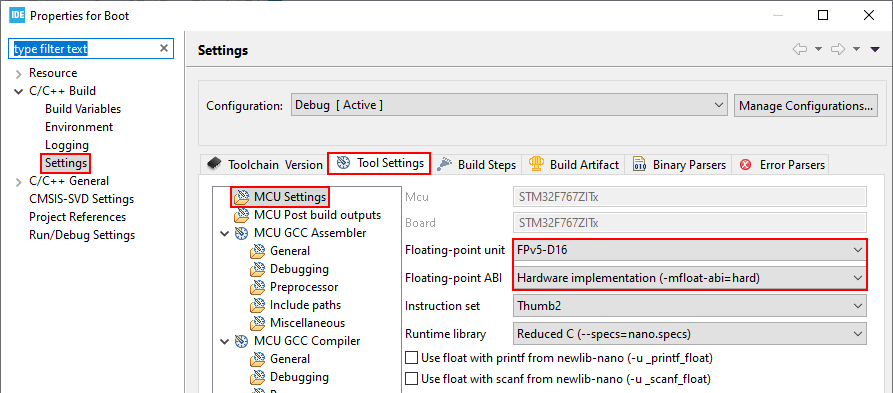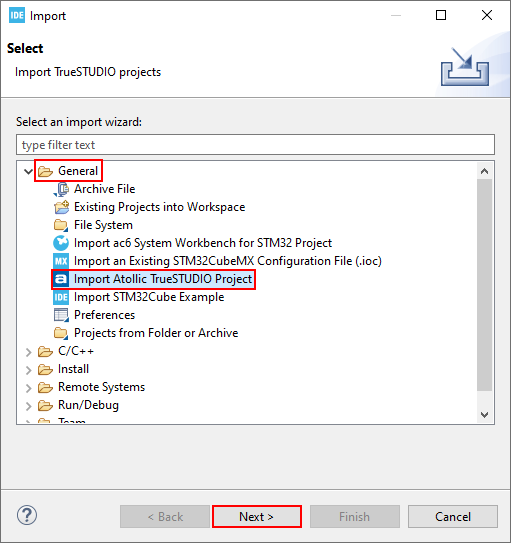

- #Bitbucket pipeline atollic truestudio how to
- #Bitbucket pipeline atollic truestudio install
- #Bitbucket pipeline atollic truestudio software
- #Bitbucket pipeline atollic truestudio code
#!/bin/bash # Check that the Gecko SDK Suite version has been passed as an argument if then echo "Usage: $0 " exit 1 fi # Confirm that the Gecko SDK Suite version actually exists if then echo "Gecko SDK Suite $1 not found in your Simplicity Studio installation" exit 1 fi # Simplicity Studio does not support headless install of SDKs, so we # copy our installation into the Docker context so we can build a # Docker image with the necessary build tools echo Copying Simplicity Studio installation to the Docker context. With this automation, it’s easy to generate an updated Docker image when Silicon Labs release updated SDKs. This trims the resultant Docker image size. The shell script does the copy, but also prunes out some stuff that isn’t needed for the CI environment, and retains only one version of the SDK. To automate that, I’ve wrapped the Docker build command in a shell script ( docker-build.sh).
#Bitbucket pipeline atollic truestudio how to
OK, now here’s the detailed recipe of how to create the Docker image. Of course, I assume you have Docker installed, and you know how to use it. If you insist on maximizing your suffering by working under Windows, you’ll have to adapt the steps accordingly. My development host is an Ubuntu 18.04 64-bit VM. The summary is this: hand-install the IDE and tools, then build a Docker image by copying the installation tree. No node locked license, no floating license, no worries. Mercifully, Simplicity Studio at least does not suffer any licensing complication.

This situation will be sadly true of many embedded IDEs, and certainly true of the likes of Keil uVision. You are forced to at least partially handcraft the environment.

The bottom line is that it’s presently impossible to fully automate creation of a build environment through something like a Dockerfile. “Install New Software” is removed from the Help menu – they really don’t want you to install non-Silabs plugins.
#Bitbucket pipeline atollic truestudio code
Code generation is strongly encouraged through the AppBuilder Bluetooth Configurator. Unlike stock Eclipse CDT, there’s no out-of-the-box support for Makefile projects.
#Bitbucket pipeline atollic truestudio software
CI/CD in the cloud is challenging for many embedded software projects because of our arcane tools and ancient licensing models. In recent years there’s been a big move towards continuous integration in the cloud with the rise of tools like Travis CI, CircleCI, Bitbucket Pipelines and more. However the basic principle could be applied to many embedded software tools and many CI tools. I’ll use Silicon Labs Simplicity Studio and Circle CI as an example. In this article, I’ll show you how to create a Docker image for Continuous Integration of embedded software projects.


 0 kommentar(er)
0 kommentar(er)
